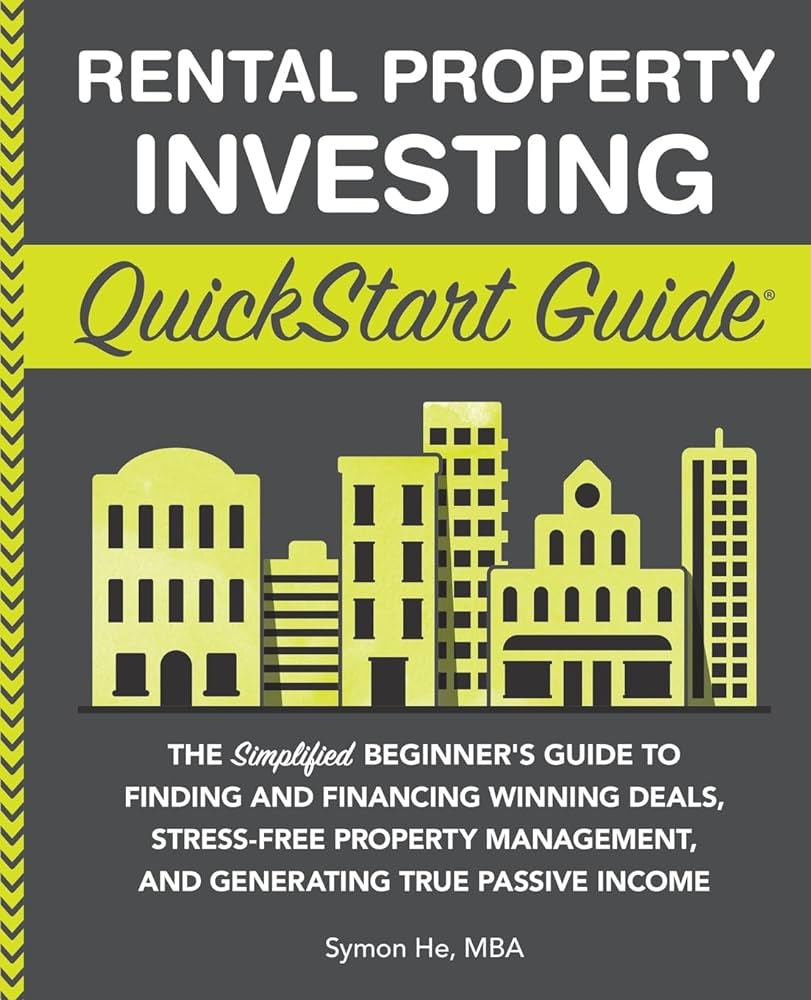Passive investing involves buying and holding a diversified mix of assets to mirror market performance. It focuses on long-term gains and minimizing transaction costs.
Passive investing is a strategy embraced by individuals seeking to build wealth over time without actively buying and selling stocks. This approach is grounded in the belief that it is challenging and often less rewarding to try to outperform the market through active trading.
By constructing a portfolio that tracks a market index or indices, investors can benefit from the broader market’s historical upward trend. This method is cost-efficient due to lower fees and generally leads to favorable tax implications due to fewer transactions. The simplicity and effectiveness of passive investing make it a popular choice for both novice and experienced investors aiming for steady growth with minimal fuss.

Credit: www.localsyr.com
Passive Investing Unwrapped
Imagine a way to grow your money without daily stress. Passive investing is that path. It lets your investments bloom over time. You don’t need to watch the market daily. Instead, you trust the market to grow your funds. This approach is simple and powerful. Let’s unwrap the world of passive investing and see why it’s a top choice for many investors.
Core Principles Of Passive Investment
Passive investment stands on simple ideas. You invest for the long term. You diversify your portfolio. You minimize costs. Here are the main principles:
- Buy and Hold: You buy stocks or funds and keep them for years.
- Diversification: You spread your investments to reduce risk.
- Low Fees: You choose investments with small costs.
- Market Returns: You aim to match the market, not beat it.
Comparing Active And Passive Strategies
Active and passive strategies take different roads. Let’s compare:
| Active Investing | Passive Investing | |
|---|---|---|
| Goal | Beat the market | Match the market |
| Costs | Higher due to frequent trading | Lower due to fewer transactions |
| Risk | Higher with potential for greater reward | Lower, mirroring the market’s overall risk |
| Time | Requires constant monitoring | Minimal time commitment |
Passive investing shines with its simplicity and lower costs. It’s ideal for those wanting to invest without the hassle. Active investing calls for more involvement. It can cost more but offers the chance to outperform the market.
Now that we’ve unwrapped the basics, it’s clear why many choose the passive path. It’s a straightforward strategy to let your investments grow with time.

Credit: finance.yahoo.com
Building A Passive Investment Portfolio
Building a Passive Investment Portfolio stands as a beacon of ease and efficiency in the investment world. Crafting such a portfolio paves the way for financial growth with minimal ongoing effort. Let’s explore how to assemble a robust passive investment portfolio, tailored to weather market shifts and grow wealth over time.
Selecting The Right Index Funds
Choosing the right index funds is a cornerstone of passive investing. Index funds track a market index, like the S&P 500. They offer a blend of stability, low costs, and broad market exposure. Look for funds with low expense ratios and a track record of mirroring their benchmark index closely.
Diversification: The Investor’s Safety Net
Diversification acts as an investor’s safety net. It involves spreading investments across various asset classes and sectors. This approach helps to minimize risk. A diversified portfolio may include stocks, bonds, and real estate funds. This mix cushions against market volatility, ensuring not all eggs are in one basket.
Asset Allocation For Risk Management
Asset allocation is vital for managing risk. It determines the percentage of each asset class in your portfolio. A common strategy is the “age in bonds” rule, where you match the percentage of bonds to your age. Younger investors might opt for more stocks for growth, while older investors choose bonds for stability.
Maintaining Your Passive Investment Strategy
Passive investing is a marathon, not a sprint. Staying the course demands discipline, but also a few key practices to ensure your investments continue to meet your long-term goals without requiring constant attention. Let’s delve into the essential steps to maintain a healthy passive investment strategy.
The Role Of Rebalancing In Portfolio Health
Over time, market fluctuations can shift your asset allocation. Rebalancing is the methodical realignment of your portfolio’s composition back to your target asset allocation. This process keeps your risk level in check and your investments on track.
- Assess your portfolio annually or after significant market shifts.
- Trim positions that have grown beyond their target percentage.
- Reinvest in underweighted assets to maintain balance.
Long-term Mindset: Patience Pays Off
Embracing a long-term mindset is crucial for passive investors. Patience is a strategic asset that can lead to compounding returns. Resist the urge to react to short-term market noise and stay focused on your investment horizon.
- Ignore daily market fluctuations that don’t affect your long-term goals.
- Trust in the power of market history and time to grow your investments.
- Remember that passive investing is about steady growth, not instant gains.
Monitoring Performance Without Micromanaging
Keeping an eye on your investments is smart, but over-monitoring can lead to over-managing. Check in on your investments periodically to ensure they’re performing as expected, but avoid the temptation to tinker with them too frequently.
| Frequency | Action |
|---|---|
| Quarterly | Review statements, note any major changes |
| Bi-Annually | Evaluate performance against benchmarks |
| Annually | Conduct a thorough portfolio health check |

Credit: fastercapital.com
Frequently Asked Questions
What Is The Simplest Passive Investing Strategy?
The simplest passive investing strategy is buying and holding a diversified portfolio. Investors often choose low-cost index funds for this approach. This method minimizes trading, reducing fees and taxes.
What Is The Power Of A Simplified Investment Approach?
A simplified investment approach streamlines decision-making, reduces stress, and can lower costs, leading to potentially better long-term returns. It focuses energy on key investment principles, enhancing overall financial clarity and control.
What Is The Simplest Investment Strategy?
The simplest investment strategy is the buy-and-hold approach, focusing on long-term growth. Investors purchase stocks or funds and retain them for years.
Conclusion
Embracing a simplified approach to passive investing can significantly streamline your financial journey. By focusing on long-term gains and minimizing frequent trading, you cultivate a robust portfolio. Start with these strategies and adjust as you learn more. Remember, the key to success is consistency and patience.
Happy investing!
